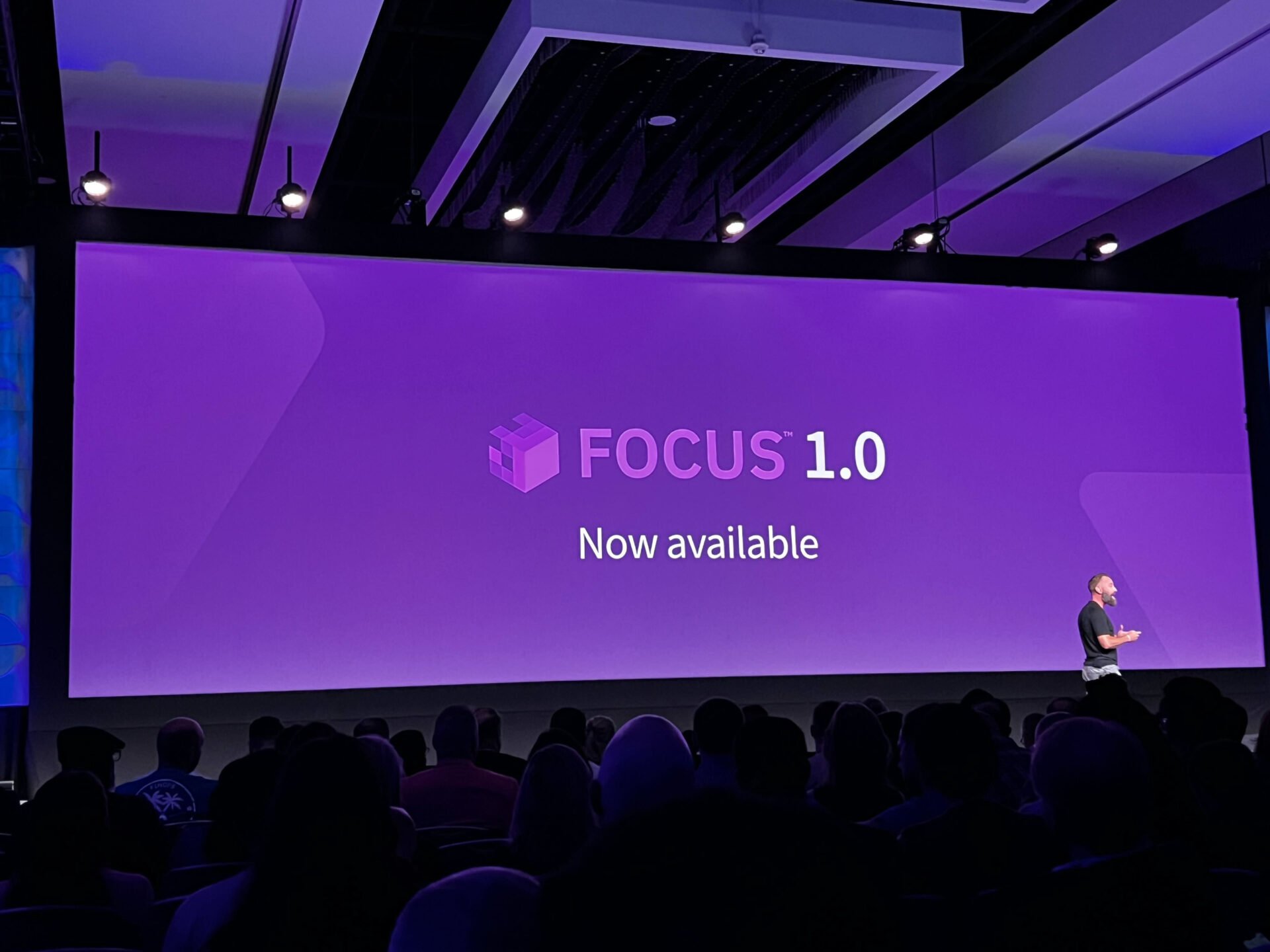Life beyond Java or: How I learned to stop worrying and love the Python ecosystem
Matej Čubek, Java Developer
16 October 2025

I’ve spent years living in IntelliJ. Every Java project – from small command-line tools and university-day Swing applications to sprawling Spring Boot services at work – felt like home there. The instant indexing, refactoring wizards, and seamless Maven/Gradle integration made IntelliJ my fortress.
But when the time came to build an enterprise-grade Python application, my expectations collided with reality. My prior experience had been simple scripts in a text editor, executed via the CLI. I assumed Python would offer a similarly “batteries-included” ecosystem. As it turned out, that Java-like out-of-the-box experience was nowhere to be found.
In this post, I’ll share how I transitioned from a Java-centric IDE mindset to a robust, scalable Python workflow.
Do I really need an IDE? Spoiler: it depends
Java developers rarely question the need for an IDE. IntelliJ (or Eclipse, or NetBeans) is woven into your muscle memory: you navigate code with keybinds, live-templates expand with Tab, and you debug with step-through. Python, by contrast, is the Wild West of tooling. IDE or text editor — which way should you go? Let’s dive in.
PyCharm
My first stop was PyCharm. Immediately, I recognized the project tree, the symbolic refactoring tools, the integrated test runner, and the console that made Python feel almost as polished as Java in IntelliJ. Installing the IdeaVim plugin brought modal editing into the mix, letting me retain much of my keyboard-driven workflow. Yet PyCharm’s power comes at a cost: startup times and memory consumption can be punishing, especially on machines that aren’t bleeding edge.
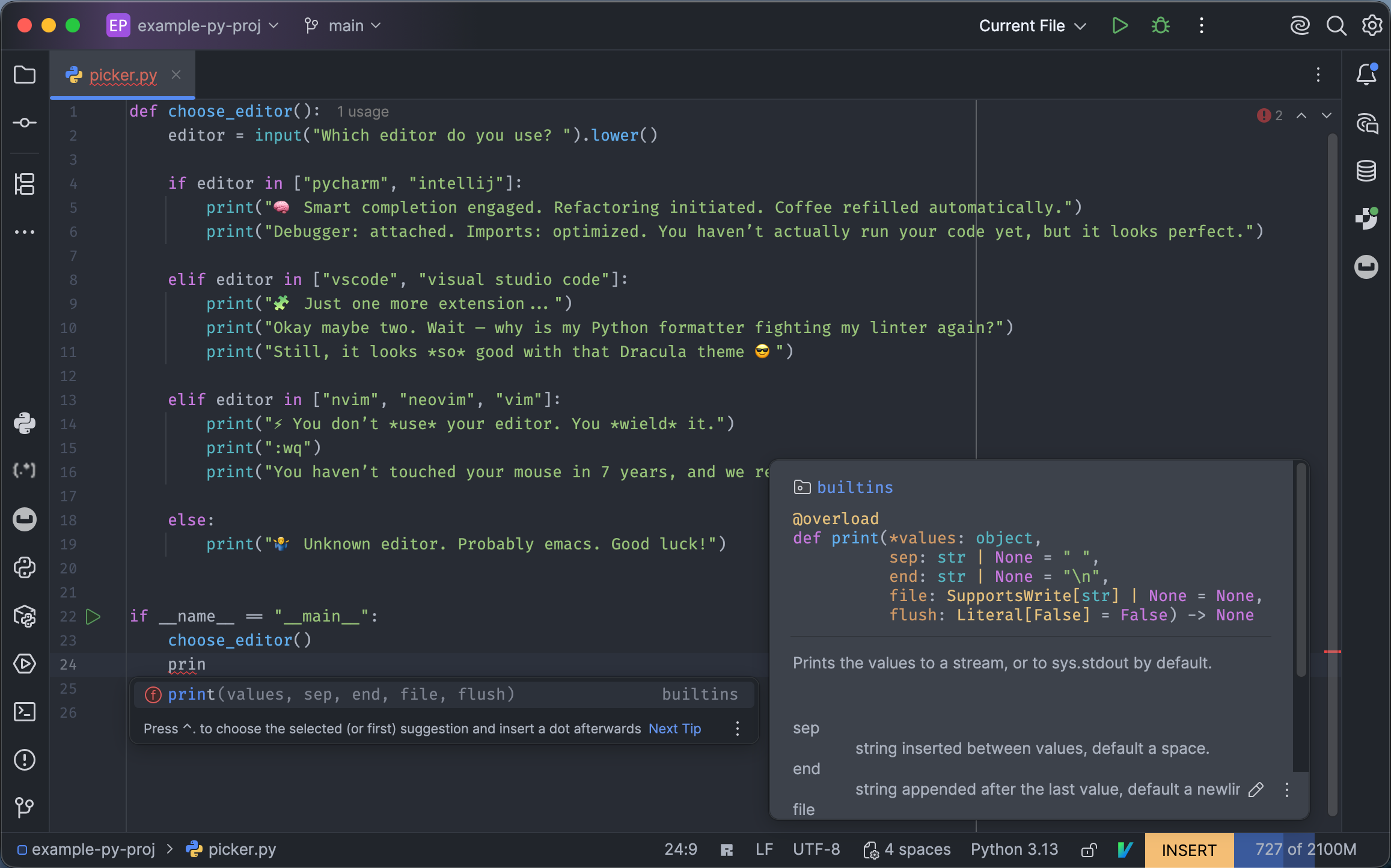
Image 1 – Editing a python file in PyCharm
VS Code as a lightweight alternative
Hoping for something snappier, I turned to VS Code. It launches in an instant, and the Python extension delivers code completion, linting, and debugging with minimal fuss. For quick script tweaks or smaller services, it strikes a comfortable balance between performance and features. I missed some of PyCharm’s deeper integrations, such as built-in profilers and advanced refactoring support, but for day-to-day work it proved more than adequate.
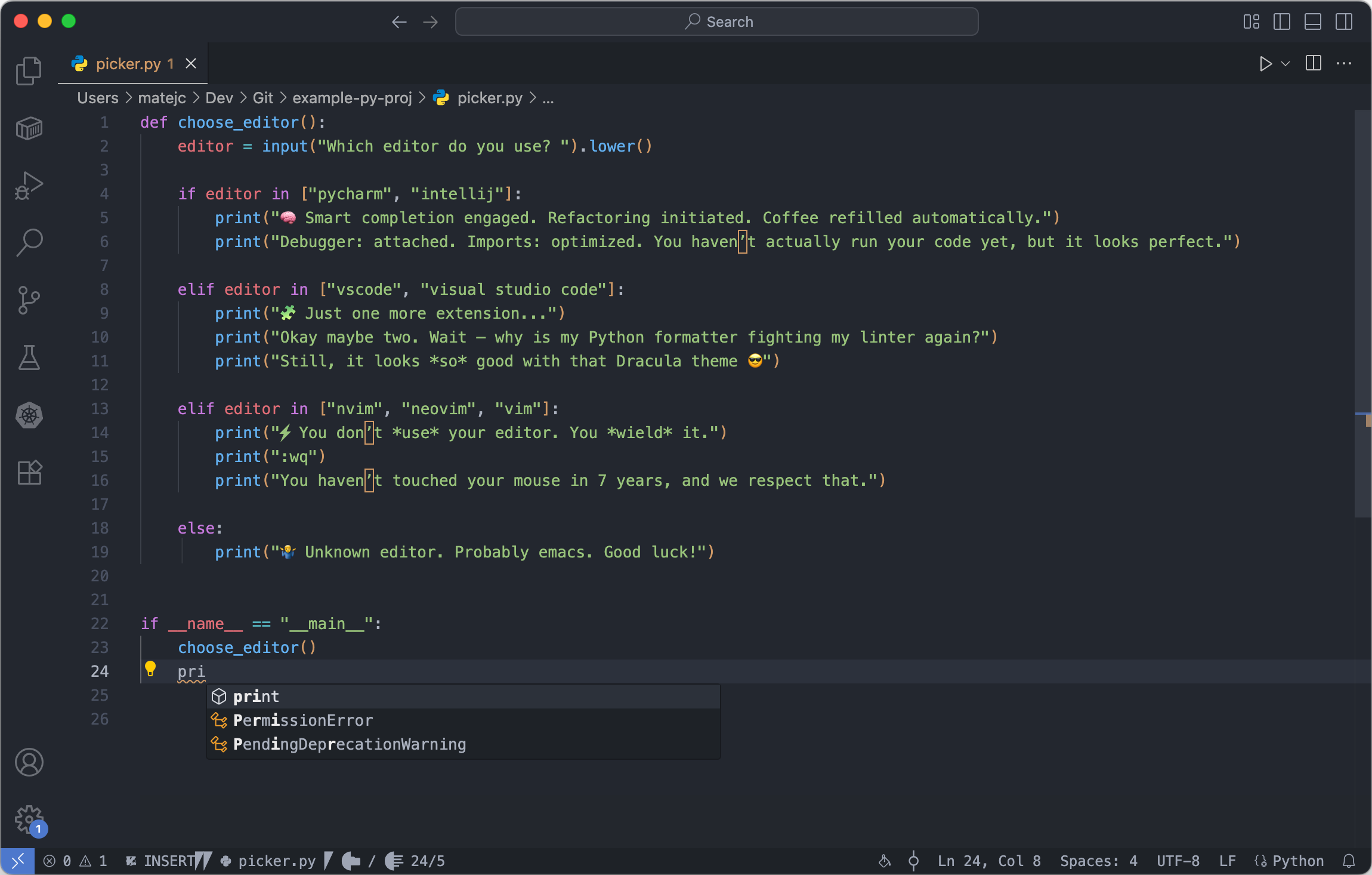
Image 2 – Editing a python file in VS Code
Vim – the keyboard speed king?
Finally, I experimented with pure Vim (Vim based editor Neovim to be precise). The editing speed is undeniable, and the ability to mold every aspect of the interface is intoxicating for anyone who loves tinkering. However, configuring language servers, formatters, linters, and a debugging setup can feel like a full-time job. Unless your team is ready to invest in maintaining a shared configuration, the time spent tweaking might outweigh the productivity gains.
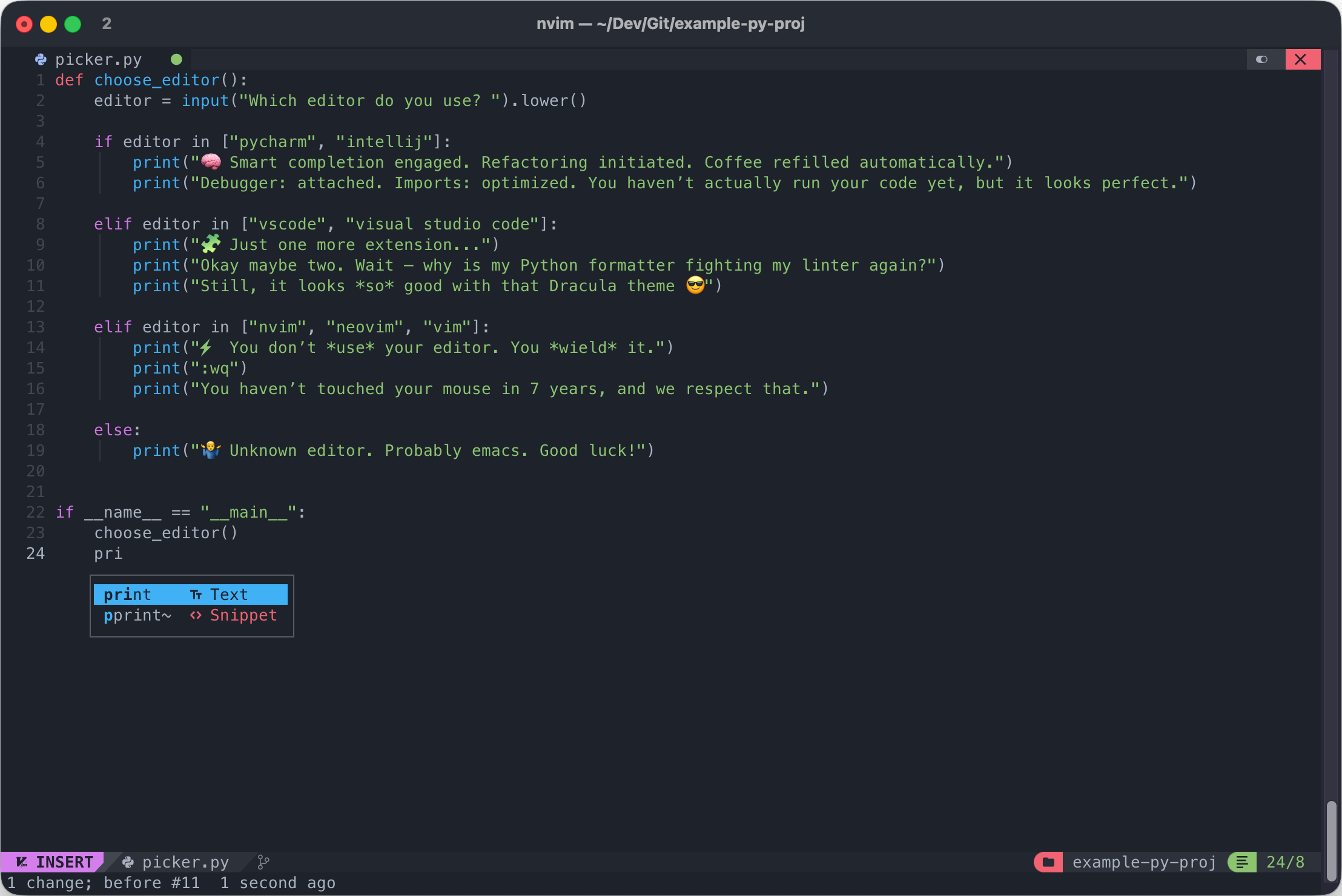
Editing a python file in Neovim (Vim based editor)
What then?
In the end, my verdict is clear. For large, long-lived Python codebases, a full IDE such as PyCharm will save hours of friction and accelerate on-boarding.
VS Code delivers near-PyCharm power with a lighter footprint. Minimal configuration plus Python extensions gives you code completion, debugging, and linting with a snappier startup.
For quick scripts or small fixes, a tuned Vim setup can be enough. Just remember that each additional plugin or language server adds maintenance overhead.
Managing environments: the hidden Java advantage
In Java land, setting up your environment is almost effortless: install a JDK, point JAVA_HOME at it, and let Maven or Gradle resolve and download whatever your project needs. Switching between JDKs is equally smooth thanks to tools like SDKMAN! on macOS or Linux, and you rarely spend time wrestling with conflicting transitive dependencies. “JAR hell” is a relic of the past.
Python, by contrast, hands you the power to install packages globally…along with a front-row ticket to “dependency hell.” Upgrade one library for project A, and suddenly project B breaks at import time. Updated package no longer works with a required package in another project? Good luck remembering which combination worked last week. The only reliable escape hatch is true isolation: per-project virtual environments.
Early on, I tested many Python environment tools I heard about. The built-in venv module is quick to invoke (python3 -m venv .venv) and requires no extra install, but it only covers the basics. virtualenv came next: faster, with some extra functionality, but it felt redundant once venv matured. Then I discovered Poetry, which bundles dependency resolution, packaging, and publishing into a single pyproject.toml-driven workflow. Its lockfile guarantees deterministic installs across CI and developer machines. Conda entered my radar as well with its non-Python dependencies (think data science stacks with native libraries). However, conda can grow unwieldy, and channel management introduces another layer of complexity.
Finally, I landed on uv, a lightweight wrapper that unifies the best parts of pip and Poetry. With uv, you get blazing-fast dependency installs courtesy of its internal caching strategy. uv add smartly updates your lockfile, and uv publish hides all the ceremony of publishing to PyPI behind a single, consistent CLI command.
Uv strikes the perfect balance between “convention over configuration” and explicit control. It feels as minimal as traditional pip workflows with no mysterious background daemons or YAML files to learn, yet it enforces the discipline of lockfiles and isolated environments that larger teams need. CI pipelines become simpler (just run uv sync), and local development stays snappy. In a world where Java’s SDK management was once a given, uv brings that same “set-and-forget” comfort to Python, making environment management non-negotiable from day one.
Package management: more than just “pip install”
In a Java project, adding a library is almost ritual: you tweak your pom.xml or build.gradle, drop in a <dependency> or an implementation 'group:artifact:version' line, hit “Refresh” in IntelliJ, and instantly get code completion and transitive dependencies resolved. Maven or Gradle downloads and caches the JARs, ensuring that every developer and your CI server uses the exact same artifact versions.
Python used to feel far more ad hoc. You would manually edit a plain requirements.txt, run pip install -r requirements.txt, and cross your fingers that everyone’s environment matched yours. With no lockfile to pin transitive dependencies, each machine and every Docker build could end up with subtly different package sets, and image creation would grind to a crawl as pip re-resolved everything from scratch.
Adopting uv changed the game. Now, when I run:

Uv installs those packages into an isolated virtual environment and produces a deterministic uv.lock file that pins all transitive versions. Subsequent uv sync runs are fast, cache-efficient, and fully reproducible across local, CI, and containerized builds.
Under the hood, uv uses the standard pyproject.toml layout to declare direct dependencies. A minimal example looks like:
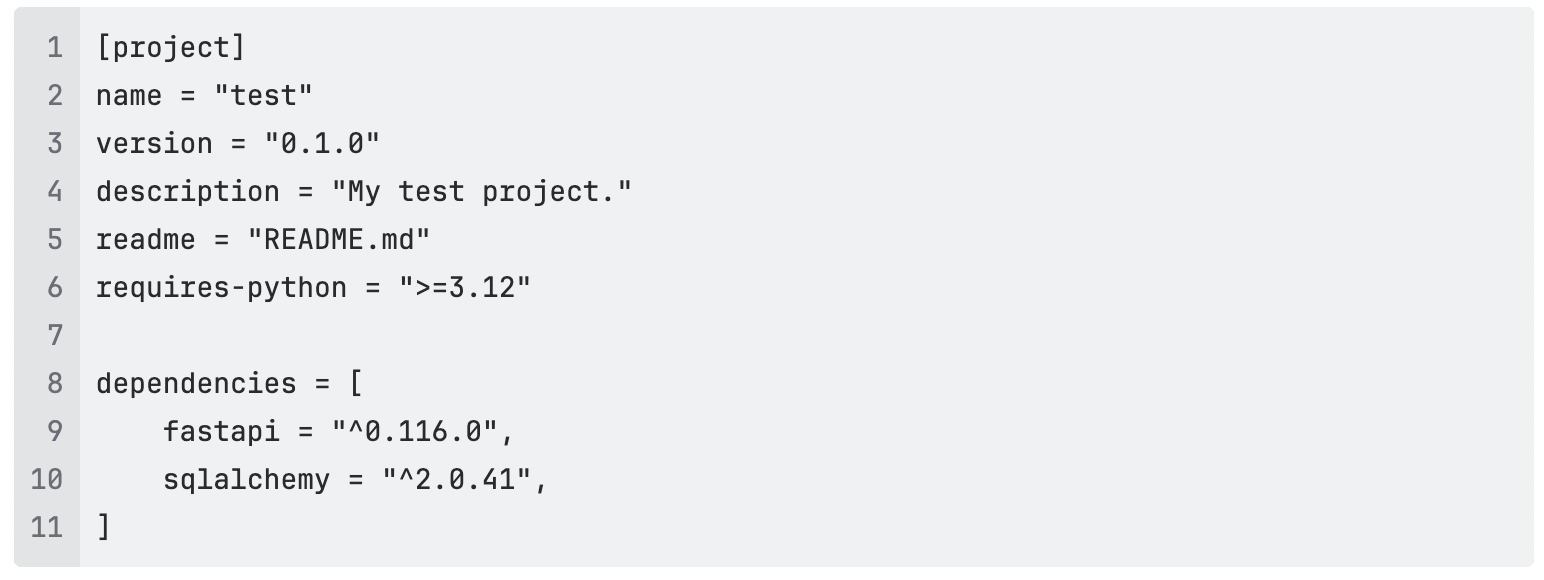
Whenever you need another package, you either edit pyproject.toml by hand or let uv add handle it for you, then refresh the lockfile with uv lock. Compared to Maven’s XML or Gradle’s DSL, TOML is far more concise and there’s no separate lock format to juggle.
In practice, this means Docker builds skip costly dependency resolution, leaping straight to unpacking cached wheels. The result is shorter feedback loops, fewer “works on my machine” surprises, and a Python experience that finally mirrors Java’s reliable, out-of-the-box dependency management while still preserving Python’s signature flexibility.
Code quality & style: borrowing from Java’s rigidity
Java’s static type system and well-established style guides (think Google Style Guide) establish consistency across large codebases. By contrast, Python’s dynamic nature encourages varied coding styles and can introduce subtle runtime surprises. To achieve long-term maintainability, I layered on stricter conventions that bring predictability without sacrificing Python’s expressiveness.
Automatic formatting with Black
Before Black, every merge request spawned debates over indent size, single versus double quotes, and where to break long lines. Black changed the game by enforcing a uniform style automatically. With zero configuration, it reformats every file, and teams simply commit the diffs. Freed from style arguments, we can focus on design and logic rather than debating spaces.
Rapid lLinting with Ruff
Black handles formatting, but linting uncovers deeper issues. Ruff is a next-generation linter written in Rust, blazing through checks in milliseconds. It bundles rules from Flake8, isort, pyflakes, and more, and even offers autofix for many issues. Unused imports, undefined names, and subtle style violations are caught locally before they ever reach the CI pipeline, dramatically reducing build-break noise.
Typing with Mypy
Static typing in Python remains optional yet type hints bring compile-time guarantees that mirror Java’s safety net. I annotate public APIs and critical data models first, letting Mypy catch mismatches like passing the wrong structure to a function that linters or tests might miss. Over time, I’ve found that strategic typing eliminates whole classes of bugs early, improving confidence and documentation simultaneously.
Balancing flexibility and safety
Python’s agility like duck typing, first-class functions and rapid prototyping is its greatest strength. My approach is to embrace that freedom in internal modules where iteration speed matters most, while enforcing types and style at module boundaries and APIs. The result is a codebase that feels nimble during development but stays clean, consistent, and easy to maintain as the team grows.
Conclusion & next steps
Breaking free from IntelliJ’s and Java’s all-in-one comfort zone was daunting. The Python ecosystem’s diversity initially felt like a weakness, but it’s actually a strength: you can tailor your stack to your team’s needs. By adopting a curated set of tools like UV, Black, Ruff and Mypy for quality, and a capable IDE, you’ll build codebases that breathe, tests that pass reliably, and workflows your colleagues appreciate.
What to try next:
- Swap out your current virtual environment tool for uv and see how your installs in CI become truly deterministic and faster!
- Set up Black, Ruff, and Mypy in your project. Give your team a week to adapt to auto-formatting, linting, and type-checking before reopening any style debates.
- Try a new editor for a week: explore PyCharm if you haven’t yet, give VS Code a real test drive, or even dip into Vim (and remember, :q! exits!).
Give each tool a week. Track your time spent fixing environment issues, hunting down style debates, or wrestling with type errors. I bet you’ll find your entropy drops, your velocity rises, and your team’s sanity is saved. Happy coding!
Related articles
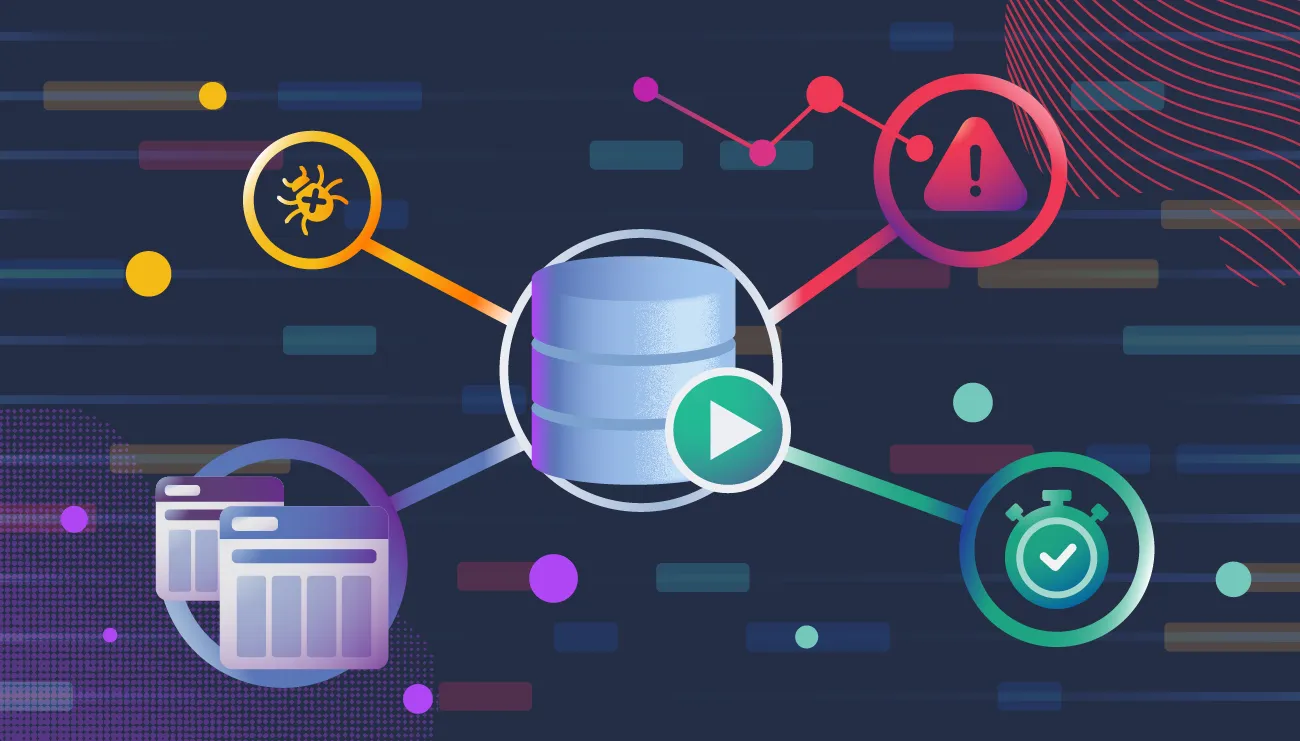
Debugging in Oracle SQL sucks – unless you do this
November 13, 2025

Life beyond Java or: How I learned to stop worrying and love the Python ecosystem
October 16, 2025

Why I said YES to FinOps and why it might be your next move
September 11, 2025
%HEADING%
%INTRO%
